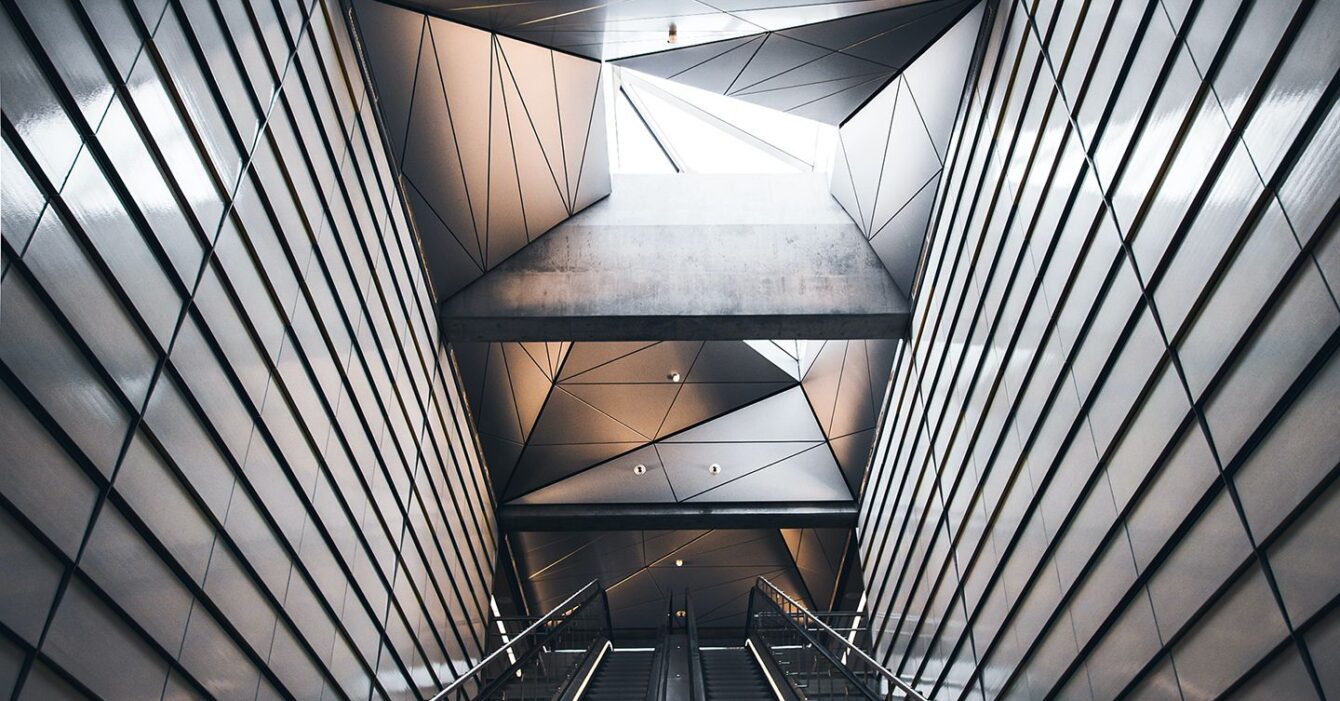
Skylights
Components and Types of Skylights:
- Glazing Material: Skylights typically feature glazing materials that transmit light. Common choices include glass, acrylic, polycarbonate, and other transparent or translucent materials. The choice of glazing material can affect factors like energy efficiency and UV protection.
- Frame and Structure: Skylights are supported by frames or structures that hold the glazing material in place. These frames can be made of materials like aluminum, steel, wood, or plastic, depending on the design and intended use of the skylight.
- Operation: Some skylights are fixed and do not open, while others are operable, allowing for ventilation. Operable skylights may have manual or motorized mechanisms for opening and closing.
- Shape and Design: Skylights come in various shapes, including flat, domed, pyramid, ridge, and more. The design and shape of the skylight can impact its aesthetic appeal and the way it distributes light.
- Glazing Options: Skylights can feature single or multiple glazing layers for improved insulation, UV protection, and sound control. Double or triple glazing can enhance energy efficiency.
- Sun Control Features: Some skylights are equipped with features like blinds, shades, or louvers to control the amount of sunlight and heat entering the space. These features can improve comfort and energy efficiency.
Advantages of Skylights:
- Natural Lighting: Skylights maximize the use of natural daylight, reducing the need for artificial lighting and improving the overall ambiance of indoor spaces.
- Energy Efficiency: Well-designed skylights can contribute to energy savings by reducing the reliance on electric lighting and providing passive solar heating during colder months.
- Visual Connection to Outdoors: Skylights create a visual connection to the sky, trees, and surroundings, enhancing the quality of indoor environments and promoting well-being.
- Improved Ventilation: Operable skylights can facilitate natural ventilation, allowing fresh air to flow through the space and reduce the need for mechanical cooling.
- Privacy: Skylights can bring in natural light while maintaining privacy, as they are typically installed in the ceiling or roof, away from the line of sight.
Common Applications of Skylights:
- Residential Buildings: Skylights are used in homes to brighten and enhance living spaces, particularly in areas like living rooms, kitchens, bathrooms, and bedrooms.
- Commercial Buildings: Skylights are commonly found in commercial structures, such as offices, shopping malls, hotels, and restaurants, to create inviting and well-lit interiors.
- Educational Institutions: Schools and universities often use skylights in classrooms, libraries, and common areas to improve the learning environment.
- Industrial Facilities: Skylights can be installed in industrial buildings to provide natural lighting for manufacturing and warehouse spaces, reducing energy costs.
- Cultural and Recreational Spaces: Skylights are incorporated into museums, art galleries, gyms, and recreational facilities to enhance the aesthetics and functionality of the spaces.
- Greenhouses: In horticulture and agriculture, skylights are used in greenhouse structures to provide plants with natural sunlight for growth.











